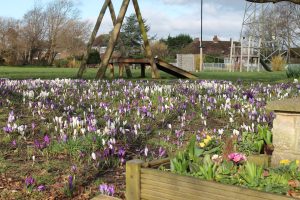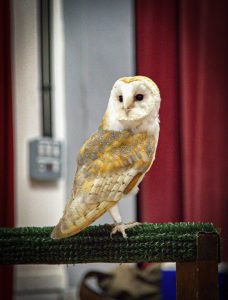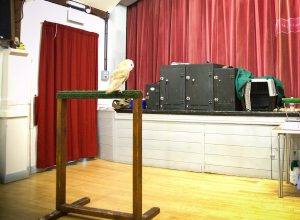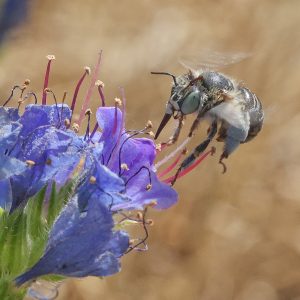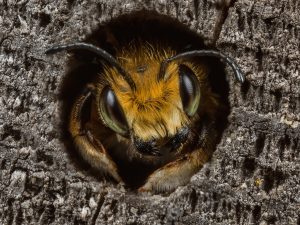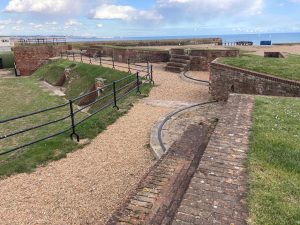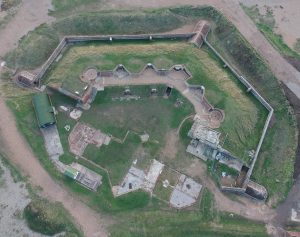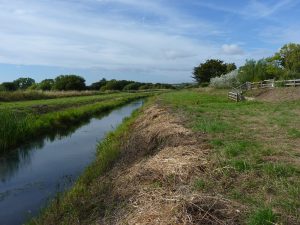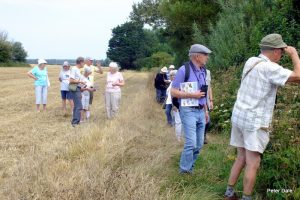Yesterday, we delighted to learn that the Planning Inspector had dismissed the appeal by Persimmon Homes against the decision to refuse them planning permission to build a total of 475 new houses at Chatsmore Farm. This is a excellent decision for the local communities of Ferring and Goring on what would have been a very damaging development. So a big thank you to all those people who have submitted their objections, attended demonstrations and fought hard over a number of years. Also well done to Worthing Borough Council who have been forthright in standing up to Persimmon Homes. We now hope that this company give up on the idea of developing this land, and work with local communities to maintain it as a valuable natural habitat.
The decision notice runs to 17 pages, so far too long to replicate here, but below are some relevant short extracts:
Appeal Decision
Inquiry held on 17-18 and 24-26 September 2024 and 1 and 3 October 2024. Site visits made on 16 and 19 September 2024 by Y Wright BSc (Hons) DipTP MSc DMS MRTPI an Inspector appointed by the Secretary of State
Decision date: 28th March 2025
Appeal Ref: APP/M3835/W/21/3281813
Land North West of Goring Station, Goring-By-Sea, Worthing
- The appeal is made under section 78 of the Town and Country Planning Act 1990 against a refusal to grant outline planning permission.
- The appeal is made by Persimmon Homes Thames Valley against the decision of Worthing Borough Council.
- The application Ref AWDM/1264/20, dated 7 August 2020, was refused by notice dated11 March 2021.
- The development proposed is mixed use development comprising up to 475 dwellings along with associated access, internal roads and footpaths, car parking, public open space, landscaping, local centre (uses including A1, A2, A3, A4, A5, D1, D2, as proposed to be amended to use classes E, F and Sui Generis) with associated car parking, car parking for the adjacent railway station, undergrounding of overhead HV cables and other supporting infrastructure and utilities.
- This decision supersedes that issued on 25 February 2022. That decision on the appeal was quashed by order of the High Court dated 1 August 2022.
Decision
- The appeal is dismissed.
Main Issues
- I consider the main issues are:
- The effect of the proposed development on the Local Green Gap;
- The effect of the proposed development on landscape including the setting of the South Downs National Park; and
- Whether the proposed development would be in a suitable location having regard to other local and national planning policies and the need for housing.
I conclude that the appeal proposal would result in substantial harm to the LGG which would conflict with LP Policy SS5. It would also not accord with LP Policy SS1 on the basis that the development would be outside the BUAB, would not protect this remaining area of countryside and would substantially harm an important gap between settlements.
I conclude that the resultant harm from the proposal to the character and appearance of the local landscape would be substantial and would conflict with LP Policy SS1 which requires gaps and landscapes outside the BUAB to be protected, including those between settlements. It would also be contrary to LP Policy SS4 due to the adverse impact to the character of the area.
I conclude overall that the proposed development would result in moderate to modest harm to the SDNP over the lifetime of the development. Accordingly, this would not accord with LP PoliciesSS1 and SS4 and the Framework in this regard. It would also conflict with the duty in s11A of the 1949 Act, as it would not meet the legislative requirement to seek to further the statutory purposes of the National Park.
For the reasons given above, I conclude that the appeal proposal conflicts with the development plan when read as a whole. Whilst there would be some benefits to the scheme to which I have afforded weight, these material considerations, when taken together, do not indicate that the appeal should be determined other than in accordance with the development plan. I therefore dismiss the appeal.

